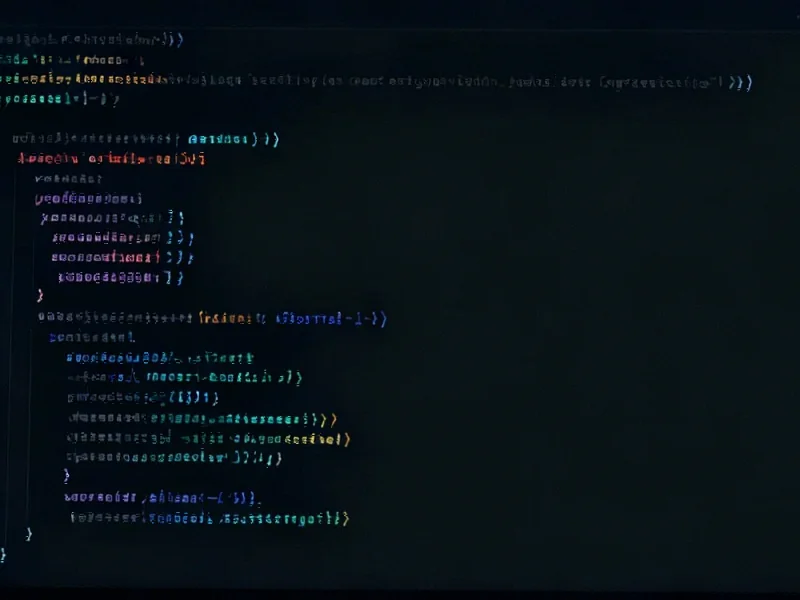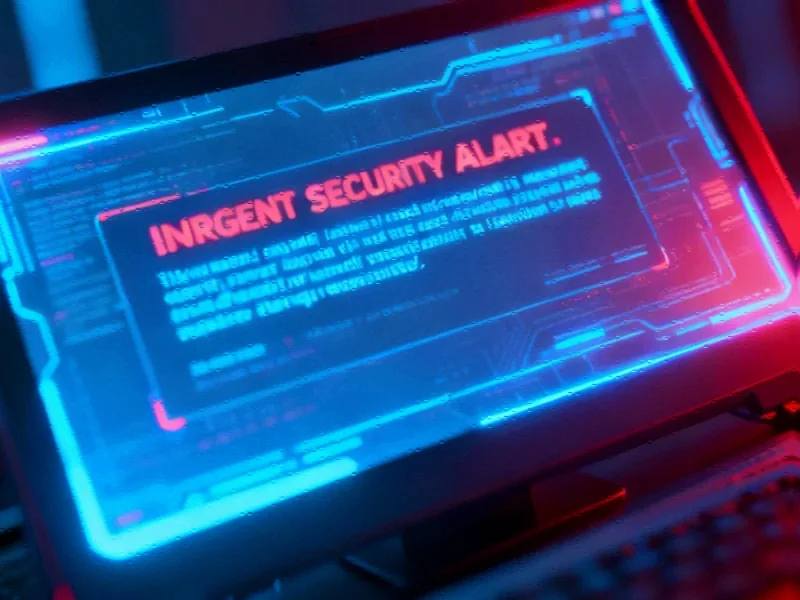The Final Chapter for Windows 10 Security Updates
Microsoft has officially released what marks the final regular security update for Windows 10 with KB5066791, creating a pivotal moment for approximately 400 million users worldwide. While this update addresses some technical issues, its primary significance lies in being the last freely available security patch for the aging operating system unless users opt into Microsoft’s Extended Security Updates program.
“Microsoft doesn’t explicitly announce this as the final update, but provides subtle prompts about the Extended Security Updates option,” according to Windows Latest. This quiet transition places millions of consumers and businesses at a security crossroads, forcing difficult decisions about their computing future.
Understanding Your Security Options
For Windows 10 loyalists, the situation requires immediate attention. Your device will gradually become more vulnerable to emerging threats without regular security patches. The Windows 10 reaches end of support milestone represents one of Microsoft’s most significant security transitions in recent years, affecting users across all sectors.
Microsoft has established three primary paths forward for affected users, each with distinct implications for security, compatibility, and cost.
Option 1: The Windows 11 Upgrade Path
The most straightforward solution remains upgrading to Windows 11, which Microsoft offers as a free upgrade for compatible devices. To determine eligibility, navigate to Start > Settings > Update & Security > Windows Update and select “Check for updates.” The system will automatically assess your hardware compatibility and provide upgrade options if qualified.
This transition reflects Microsoft’s broader gaming hardware strategy and overall ecosystem development, where operating system integration plays a crucial role. However, hardware limitations prevent many users from pursuing this option, creating a significant challenge for those with older but still functional computers.
Option 2: Extended Security Updates Program
For organizations and users who cannot immediately transition to Windows 11, Microsoft offers the Extended Security Updates (ESU) program. This paid service provides critical security updates through October 14, 2026, giving users approximately 12 additional months of protection while they prepare for eventual migration.
The ESU program costs $61 for the first year, but Microsoft provides alternative payment options. Users can redeem 1,000 Microsoft Rewards points instead of cash, or qualify for complete fee waiver by agreeing to sync their PC settings. This approach to cybersecurity investment demonstrates how critical ongoing protection has become in today’s digital landscape.
Option 3: The Risk of Continuing Without Updates
Some users might consider continuing with Windows 10 without security updates, but this approach carries significant risks. Unpatched systems become increasingly vulnerable to malware, ransomware, and other cyber threats over time. The growing sophistication of attacks makes regular security updates non-negotiable for most users, particularly those handling sensitive information.
This security challenge parallels digital infrastructure vulnerabilities across other sectors, where outdated systems create systemic risks. The situation underscores why proactive security planning remains essential for both individual users and organizations.
Broader Industry Implications
The Windows 10 transition reflects larger trends in technology lifecycle management. Similar to how the US auto industry has adapted to changing market demands, technology companies must balance innovation with user support cycles.
Microsoft’s approach also mirrors strategic pivots seen elsewhere in the technology sector, where companies increasingly focus on integrated ecosystems rather than standalone products. This evolution in business strategy affects how companies manage product lifecycles and user transitions.
The situation also intersects with broader industry developments in technology adoption and infrastructure management. As organizations navigate these transitions, understanding the full scope of operational impacts becomes crucial for maintaining business continuity.
Practical Next Steps for Users
Immediate action is recommended for all Windows 10 users:
- Assess your current system compatibility for Windows 11 using Microsoft’s built-in tools
- Evaluate your security requirements based on how you use your device
- Review the Extended Security Updates option if immediate upgrade isn’t feasible
- Develop a migration timeline that addresses both security and functionality needs
As Windows 10 reaches its end of support, users face critical decisions that will impact their digital security for years to come. The coming months will reveal how effectively both individual users and organizations navigate this transition amid evolving market trends and security challenges.
The ultimate takeaway remains clear: proactive planning and timely action represent the most effective approach to managing this significant operating system transition while maintaining robust security posture in an increasingly complex digital environment.
This article aggregates information from publicly available sources. All trademarks and copyrights belong to their respective owners.
Note: Featured image is for illustrative purposes only and does not represent any specific product, service, or entity mentioned in this article.



